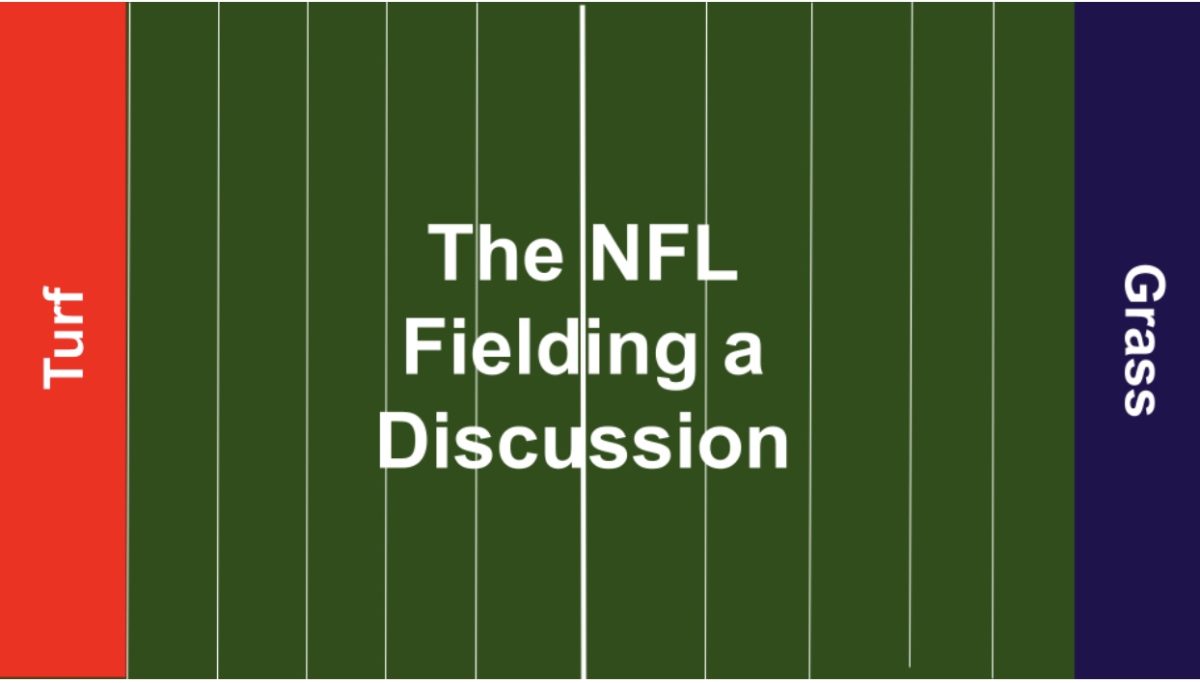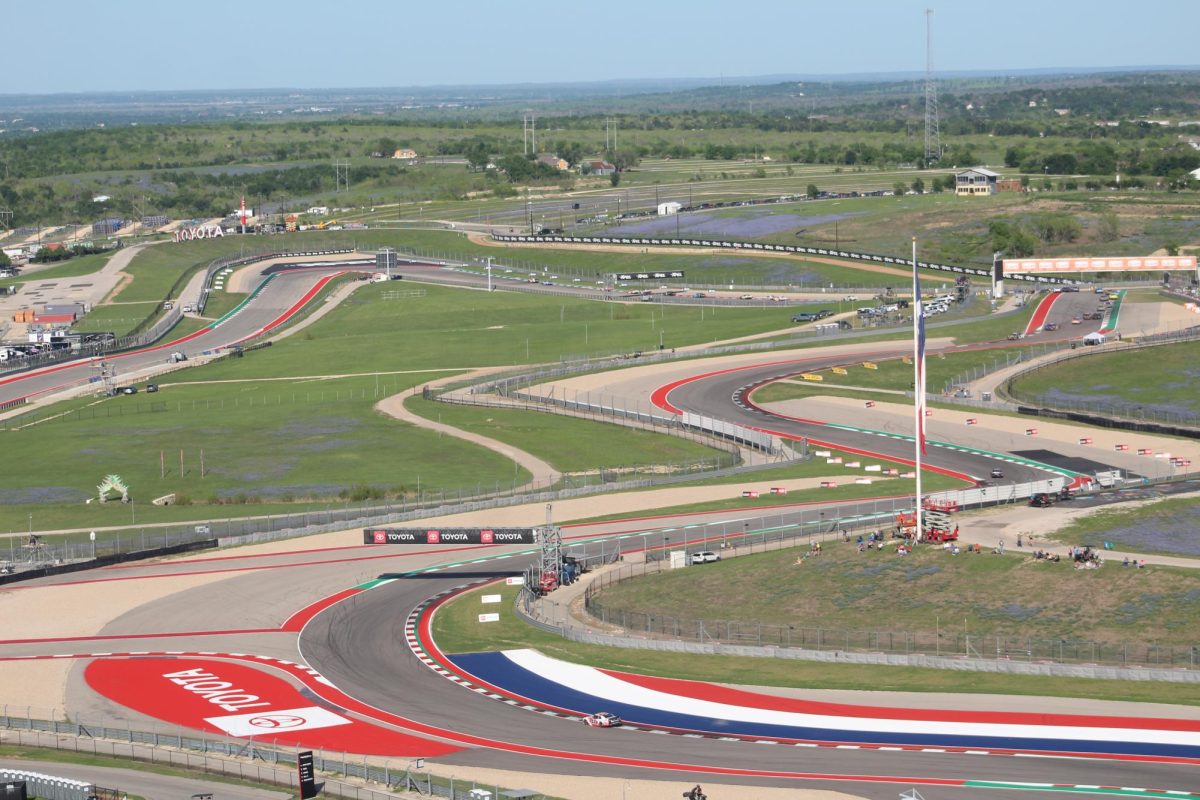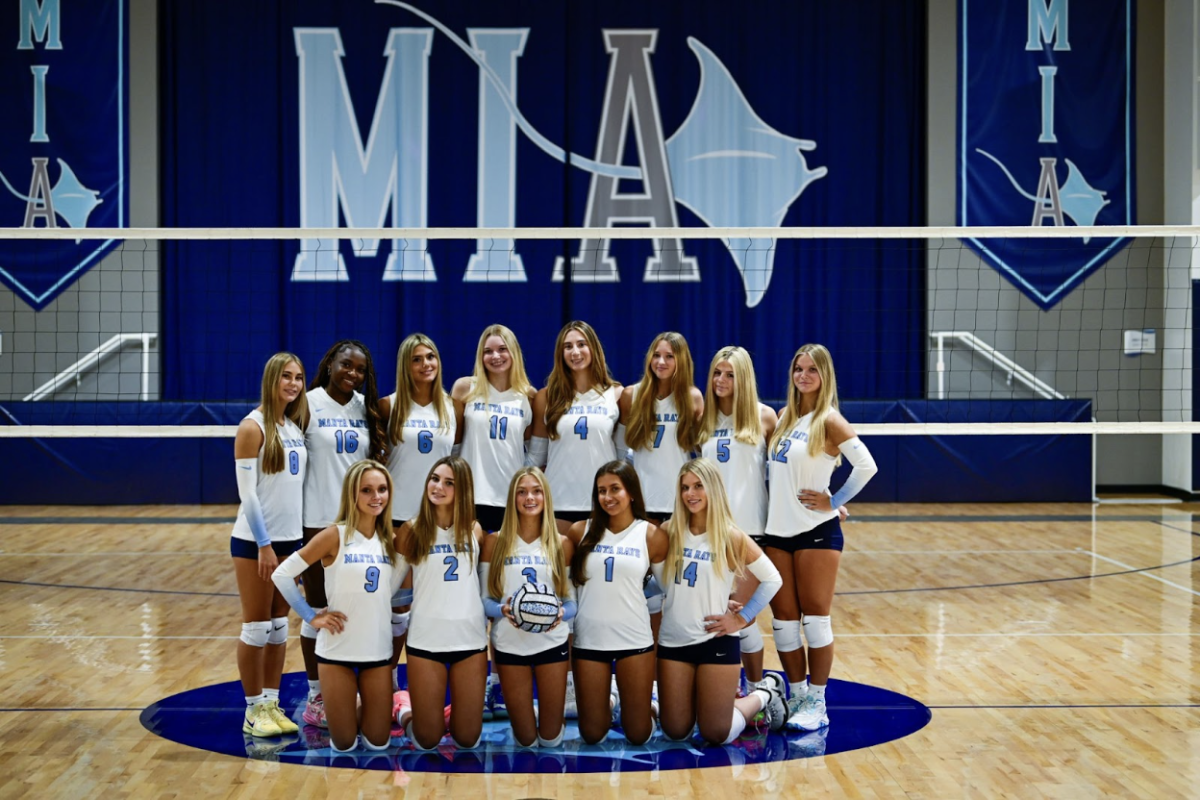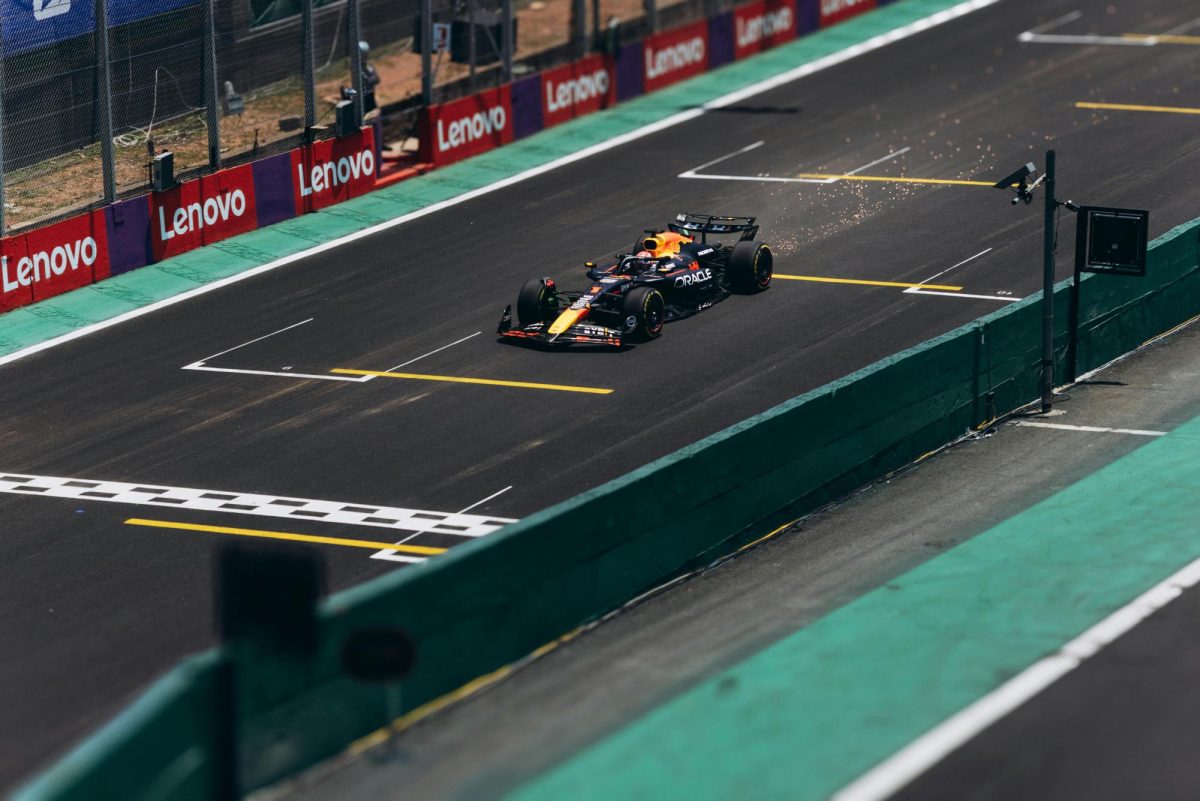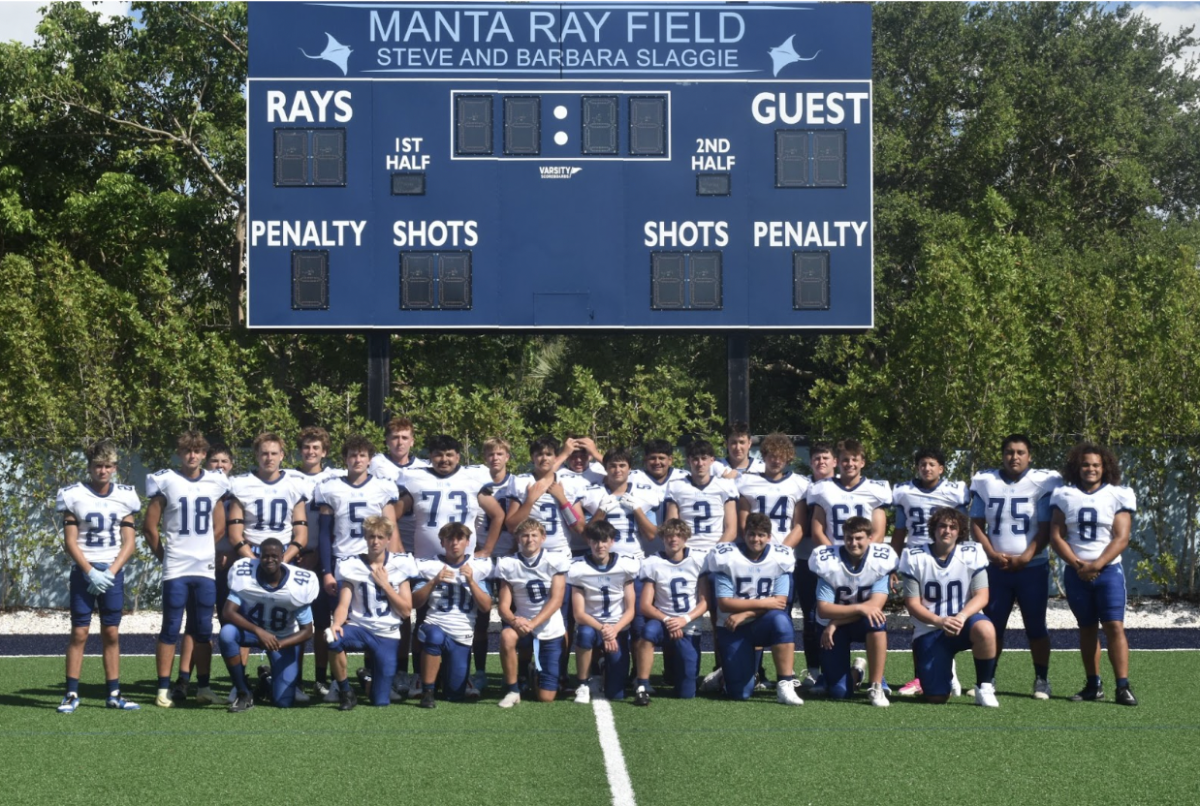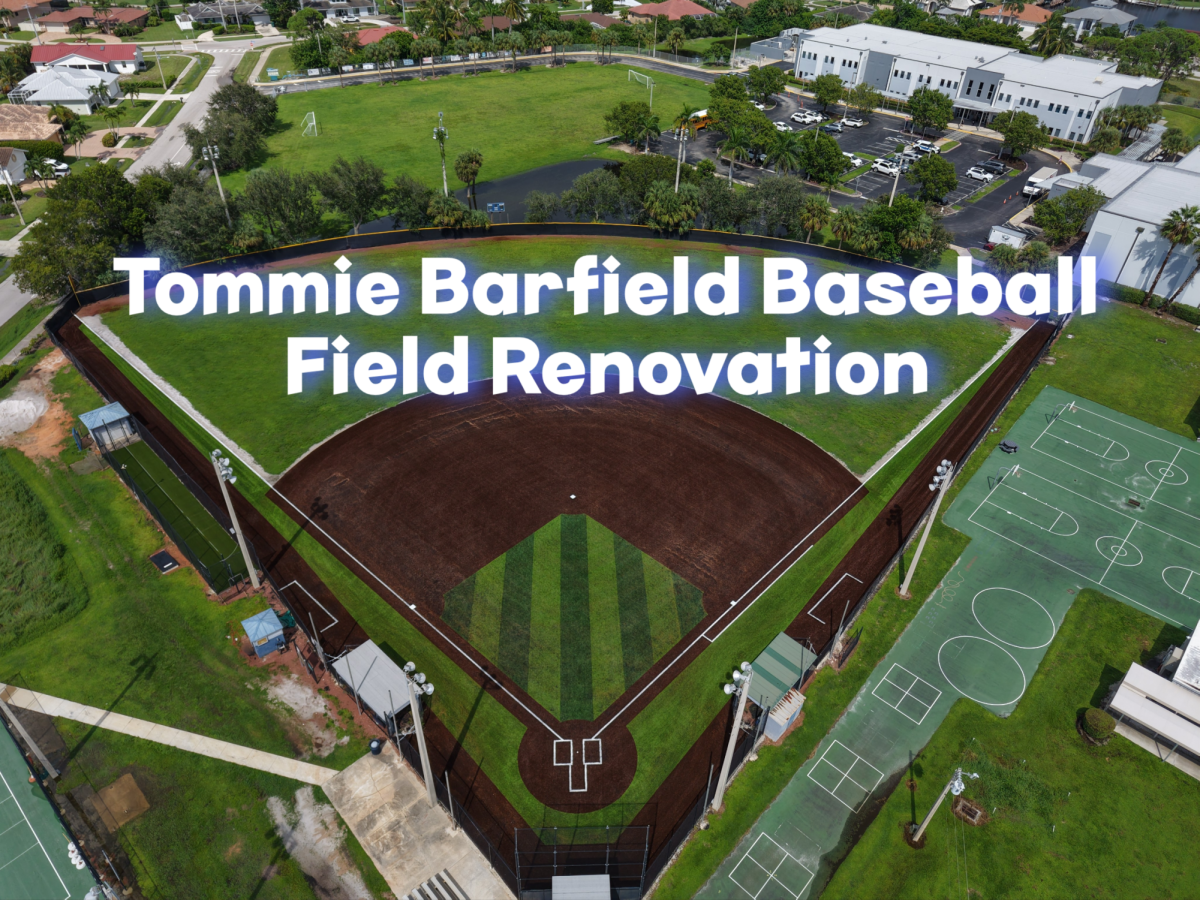Traditionally, battles take place on the football field. This time the battle is taking place on the field of play.
Football players are waging a war against the National Football League, and team owners are hoping to strike a win for player safety.
Numerous NFL teams have had turf football fields for many years. The positives of turf in contrast to grass fields may seem pretty obvious: they require less maintenance and are much cheaper to maintain because there is no grass in need of watering.
However, countless examples of gnarly non-contact injuries have occurred in recent years on turf fields. A particularly bad example of turf is MetLife Stadium in East Rutherford, New Jersey. The stadium, which hosts home games for both the New York Jets and New York Giants, has recorded a total of at least 13 major injuries since 2020; most of the injuries have been non-contact knee or ankle injuries.
The problem came to an even bigger spotlight when NFL superstar Aaron Rodgers suffered a potential season-ending non-contact Achilles injury in his debut for the New York Jets in 2023. After the incident, Rodgers was quoted saying that he preferred grass fields.
The problem of turf fields is not exclusive to just MetLife Stadium though. The president of the NFL’s player association published statistics in 2020 in favor of grass fields. The statistics found that artificial grass, or turf, increases injuries by 28%. The NFL has published conflicting data after the issue became mainstream.
The data, along with players’ first-hand experiences, has players’ minds made up. NFL players such as Cooper Kupp, George Kittle, Nick Bosa, Brandin Cooks, and Dalton Schultz have publicly petitioned the NFL to reinstate grass fields.
Owners’ response to the increasing demand of grass fields has been that maintaining a grass field in the northern United States is difficult. The solution for this problem has existed in Green Bay’s Lambeau Field since 1967. For at least 50 years, Lambeau Field has used underground heating systems to keep their grass field alive during miserably cold Wisconsin winters. A solution like this might be able to help stadiums in northern regions. Additionally, State Farm Stadium in Arizona and Allegiant Stadium in Las Vegas also have a unique solution. Both stadiums are indoor, but have rolling systems to roll out their fields and allow them to grow in the desert sun when not in use. This solution is rather unfeasible for stadiums located in big cities and colder climates, but is still a fascinating idea.
The situation becomes even more complex in the summer of 2026, when the FIFA World Cup comes to the United States. The tournament plans to use 11 NFL stadiums scattered across the country. The complexity of the issue lies in the fact that FIFA mandates the use of grass fields for play. Demanding stadiums to have grass fields for the tournament poses a problem for NFL team owners after the FIFA tournament’s conclusion. Do they grant FIFA their grass fields for player safety, but force American football teams to use turf fields later that year?
The NFL and its owners are notoriously stubborn, so it seems unlikely that a change would occur quickly.


